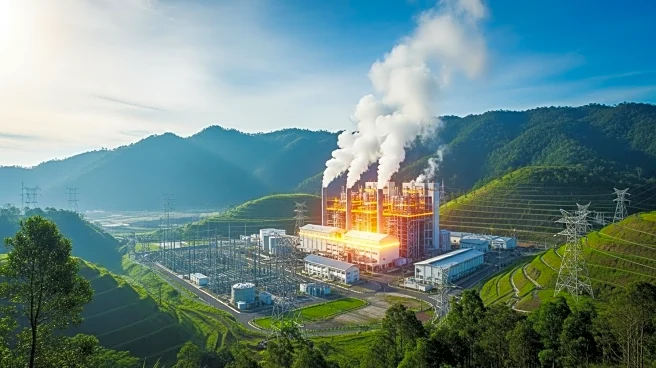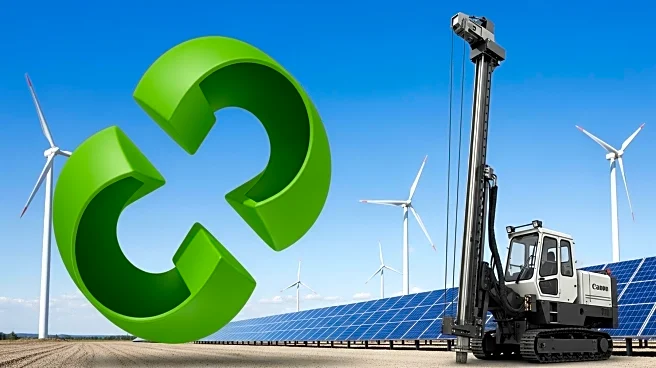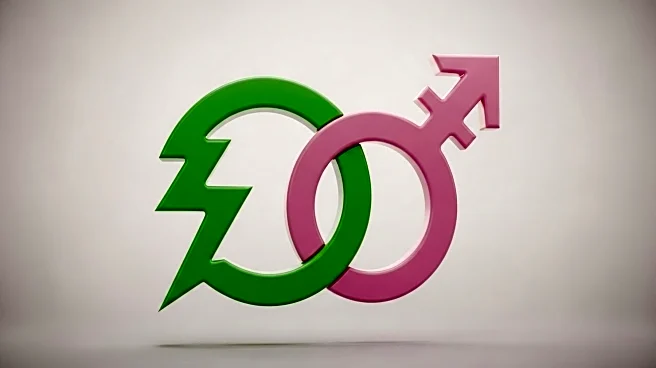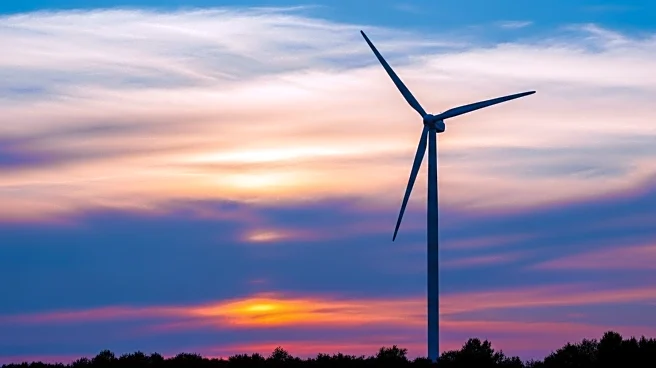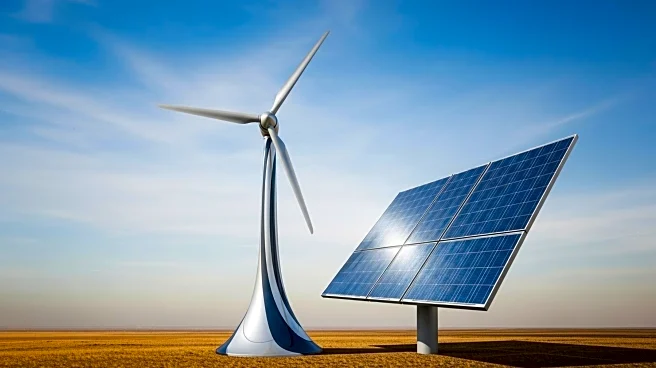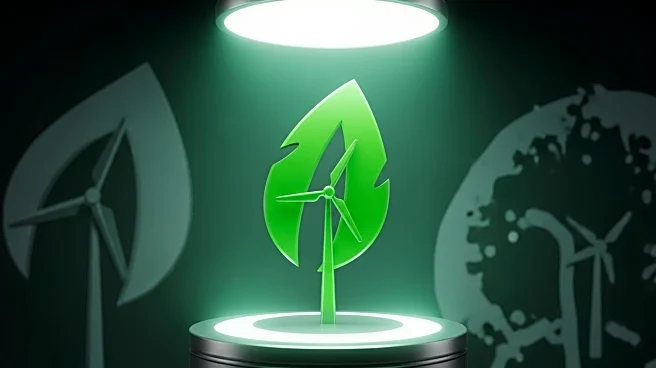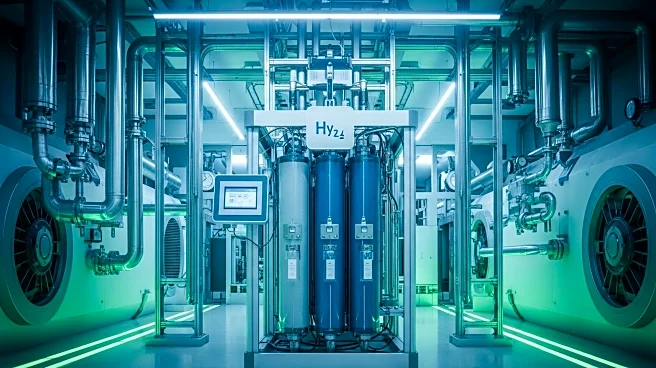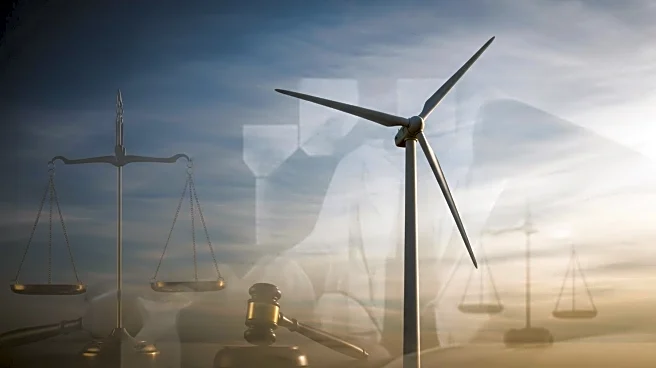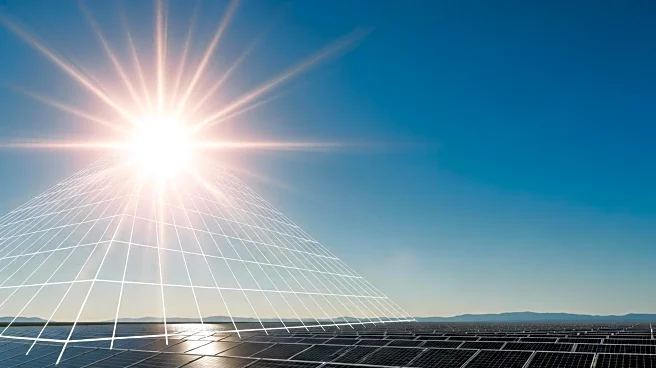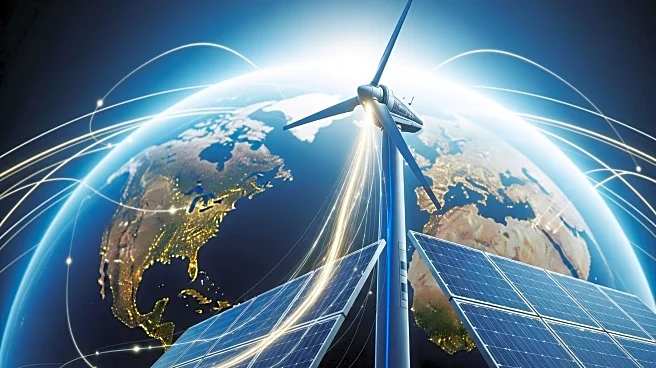What is the story about?
What's Happening?
PT Supreme Energy is moving forward with the second phase of its Muara Laboh geothermal power project in West Sumatra, Indonesia, after overcoming years of regulatory delays. The project aims to contribute to Indonesia's clean energy goals by balancing demand growth with decarbonization targets. The second unit, with a capacity of 80 megawatts (MW), is scheduled to begin operations in October 2027, following the first phase's 86-MW unit that started in 2019. Together, these units will generate approximately 160 MW, sufficient to power nearly 760,000 households. A third unit, projected at 60 MW, is also planned under the state utility PT Perusahaan Listrik Negara's long-term power plan, although Supreme Energy is exploring options to expedite its schedule from 2033. The project utilizes double-flash technology to optimize untapped reserves, and construction is expected to be simpler due to existing infrastructure.
Why It's Important?
The advancement of the Muara Laboh geothermal project is significant for Indonesia's energy sector, as it supports the country's efforts to increase renewable energy capacity and reduce reliance on fossil fuels. Geothermal energy offers a sustainable solution to meet growing electricity demand while contributing to regional development. The project is crucial for Sumatra's grid, connecting to a transmission corridor that aids electricity supply in other regions. Additionally, it generates substantial non-tax state revenue, benefiting local communities. However, the economic viability of geothermal energy remains a challenge due to high upfront costs and current tariff structures. The Indonesian Geothermal Association is engaging with the government to reform policies and make geothermal power more competitive.
What's Next?
Supreme Energy plans to complete Muara Laboh Unit 2 before advancing Unit 3 and reviving the Rajabasa project in Lampung, which has faced delays due to permit and power purchase agreement issues. The company emphasizes the need for economic viability in geothermal projects to ensure their success. Discussions with the government are ongoing to address pricing challenges and redirect subsidies from fossil fuels to renewables. These efforts aim to create a more favorable environment for geothermal energy development, potentially leading to more projects in the future.
Beyond the Headlines
The Muara Laboh project highlights the broader implications of transitioning to renewable energy sources in Indonesia. It underscores the need for policy reforms to support sustainable energy development and address economic challenges. The project's success could serve as a model for other geothermal initiatives, demonstrating the potential for clean energy to drive regional growth and reduce environmental impact. Additionally, it raises questions about the balance between government fiscal limits and project viability, emphasizing the importance of strategic planning in the energy sector.
AI Generated Content
Do you find this article useful?
